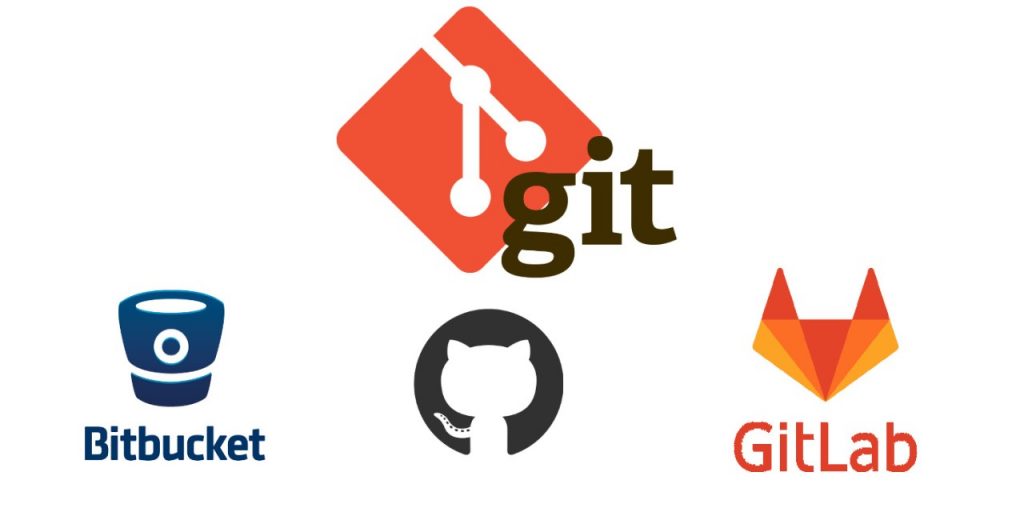Now Reading: Using APIs as a Service: Tools, Benefits, and Real-World Use Cases
-
01
Using APIs as a Service: Tools, Benefits, and Real-World Use Cases
Using APIs as a Service: Tools, Benefits, and Real-World Use Cases

Hey there! If you’re diving into the world of modern software development, you’ve probably heard about APIs (Application Programming Interfaces). But what does it really mean to use APIs as a service? Well, basically, APIs as a service are cloud-based interfaces that make it super easy for you to connect your app or website with pre-built functionalities offered by third-party providers—without needing to worry about managing all the underlying infrastructure.
Think of it like this: instead of building complex features from scratch—say, payment processing, language translation, or data analytics—you tap into ready-made API services that handle all the heavy lifting for you. These tools are like a vast menu of pre-built functionalities at your fingertips, ready to be integrated into your project with minimal fuss.
Why is this such a big deal? Because it saves time, reduces costs, and lets you focus on what makes your project unique. Want to add real-time weather updates? Or integrate voice recognition for a smarter app? Or even embed machine learning-based recommendations? With APIs-as-a-service, all of this is doable with just a few lines of code. That’s the magic of leveraging cloud-based APIs!
Of course, with so many options out there, choosing the right tools can feel overwhelming. That’s why understanding the key platforms, their benefits, and some real-world applications becomes essential.
In this article, we’ll explore the essential tools available for API integration—from popular API marketplaces to developer-friendly platforms—as well as unpack the tangible benefits these services bring like faster development cycles, scalable infrastructure, and agility in responding to market demands.
And to top it off, we’ll look at real-world use cases highlighting how businesses and developers are leveraging APIs to innovate and stay ahead. Whether you’re a seasoned developer or just getting started, understanding APIs as a service will open up new possibilities to build smarter, more efficient applications—and maybe even transform your business!
Practical Examples and Success Stories: How Real-World Businesses Are Leveraging APIs to Drive Innovation and Efficiency
Now that we’ve covered the basics—what APIs as a service are and why they matter—let’s jump into some concrete examples. Seeing how actual organizations use these tools can give you clear ideas and inspiration for your own projects.
First up, picture a small e-commerce site. They want to process payments securely without building their own payment system from scratch. Instead, they integrate with a popular payment gateway API like Stripe or PayPal. This allows them to accept credit card payments, handle fraud detection, and manage refunds—all through a simple API call. Their checkout process becomes smoother, faster, and more secure, leading to happier customers and fewer headaches.
Or think about a travel app that pulls in real-time flight data and weather updates from different APIs. Rather than building these data feeds themselves, they connect to services like Skyscanner API for flights or OpenWeatherMap API for weather info. This way, users get fresh, accurate info whenever they check the app—making it more reliable and user-friendly.
Big companies—think Fortune 500 giants—are also leveraging APIs to streamline their operations. For example, marketing automation platforms like HubSpot or Salesforce use APIs to sync data across different tools, automate customer outreach, and analyze campaign results. Customer support services integrate chatbots with AI APIs, offering instant, around-the-clock assistance to users.
In the healthcare realm, some providers are leveraging AI-powered diagnostic APIs to analyze medical images or patient data, helping doctors make faster, more accurate decisions. Ride-sharing services like Uber or Lyft depend heavily on mapping and GPS APIs to match riders and drivers efficiently, navigate streets, and optimize routes.
These examples show that API-driven development isn’t just a buzzword—it’s a practical approach that can deliver real results. Whether it’s improving operational efficiency, enhancing user experiences, or enabling rapid innovation, APIs are the secret weapon behind many success stories.
So, if you’re eager to streamline your processes, add exciting new features, or stay competitive in a fast-changing market, exploring and implementing suitable APIs can give you the edge you need. The best part? You don’t have to be a tech giant—small startups and individual developers are all tapping into this digital goldmine every day.
In conclusion, using APIs as a service is transforming how we build and grow digital products. These tools unlock new levels of flexibility, speed, and innovation, making it easier than ever to integrate sophisticated features, access powerful data, and respond quickly to changing customer needs.
Whether you’re building a new app, enhancing an existing platform, or just experimenting with new ideas, understanding and leveraging APIs can open up a world of possibilities. So go ahead—explore the array of API tools out there, test new integrations, and see how they can fit into your project roadmap. The future is interconnected, and APIs are your bridge to unlocking its full potential!

























